FANTASTIC MR. FOX. Hundred percent Wes Anderson in Wes Anderson… in stop motion
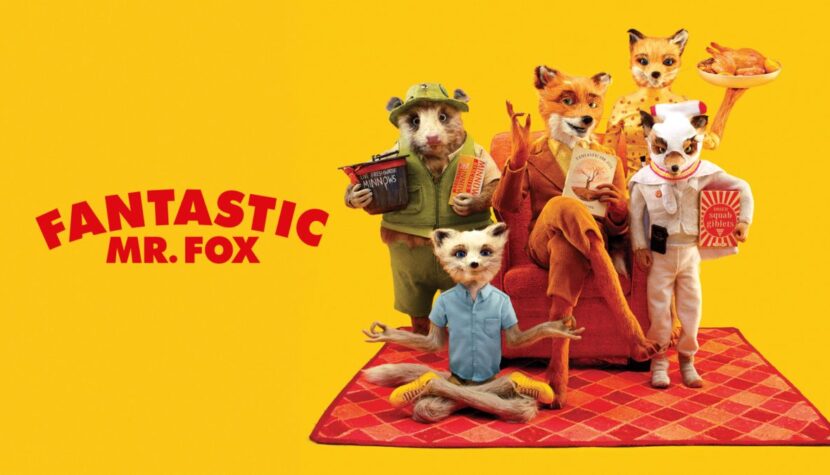
Animated cinema is a film convention that, like no other, allows creators immense freedom and artistic liberty. Directors are not constrained by pre-existing forms of objects, the natural environment, buildings, or the images of actors. Of course, each of these elements undergoes the intervention of a legion of specialists – set designers, makeup artists, costume designers, and CGI wizards – but they always work with material that has already been shaped and cannot be modified. An actor cannot rid themselves of their natural facial expressions or gestures – despite layers of makeup, in that small percentage, they remain themselves; an actor never transforms into the character they are portraying on screen. This creates a boundary between the viewer and the film, constituting an imperfect representation of what resides in the director’s imagination. The director exclusively owns this image. Live-action film always carries the element of fascinating imperfection, the fact that it didn’t quite succeed. The strength and curse of this kind of cinema arise, among other things, from conflicts of artistic visions and inconsistencies in concepts.
Marlon Brando is a brilliant, almost ideal Vito Corleone. His image has captured the collective imagination. However, this is not how Mario Puzo, the author of The Godfather, or F. F. Coppola, the screenwriter, envisioned him. At some point, everyone had to reach a compromise, tell themselves, “Okay,” because it couldn’t be any better. Such situations do not occur in animated cinema. In animation, we start with a blank sheet of paper or a clean canvas in a computer program, onto which the original idea, concept, with the same colors and proportions, is poured almost untouched. What is impossible is minimized. In animated film, there is no unattainable and Fantastic Mr. Fox is an excellent case in point.
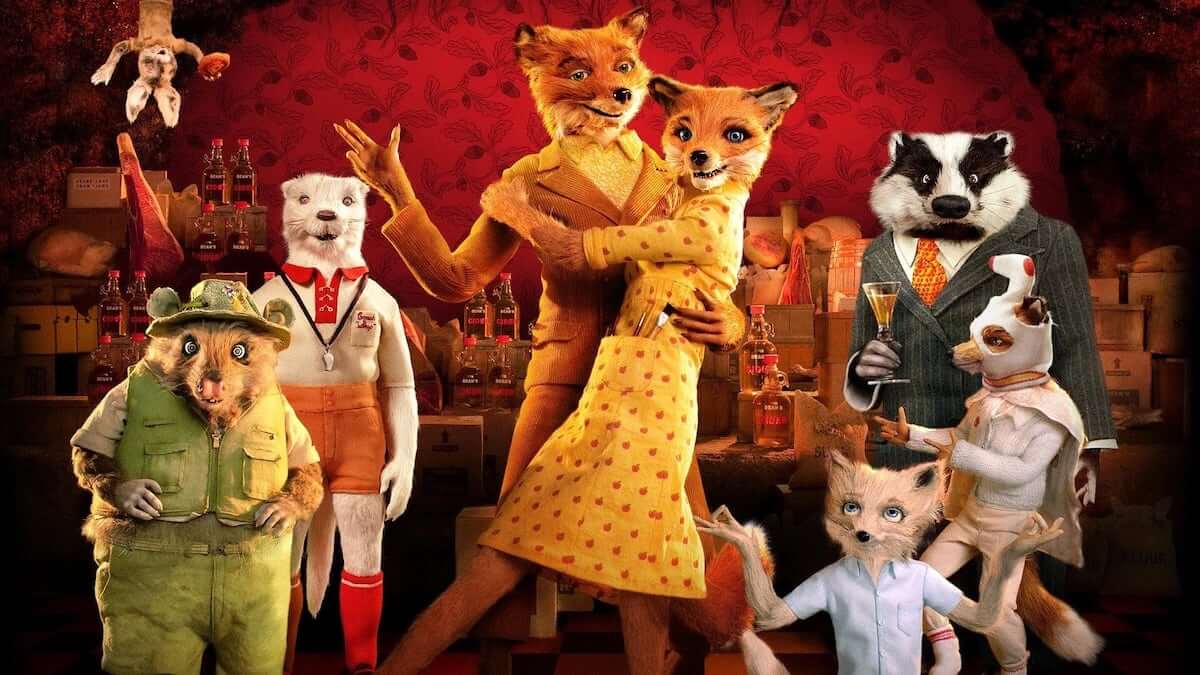
Watchmaker Wes Anderson
Wes Anderson, like few other creators, strives for visual perfection, aiming to have control over every detail within the frame. The director measures everything with a ruler, planning every camera movement on the set and every actor’s gesture down to the smallest detail. There is no room for chance or any form of improvisation. Anderson wants to be the exclusive transmitter, rigorously guiding viewers through the amusement parks he has designed. The director absolutely directs our gaze, overwhelming us with the hermetic nature of these worlds. Either you have a great time when I hold your hand tightly and you follow me closely, or you fall behind. The cinema of the author of Moonrise Kingdom is a one-way game.
There must have come a moment when Wes Anderson would eventually turn to animated cinema, which is so close to his sensibility and his apparent need for total control over the worlds he creates.
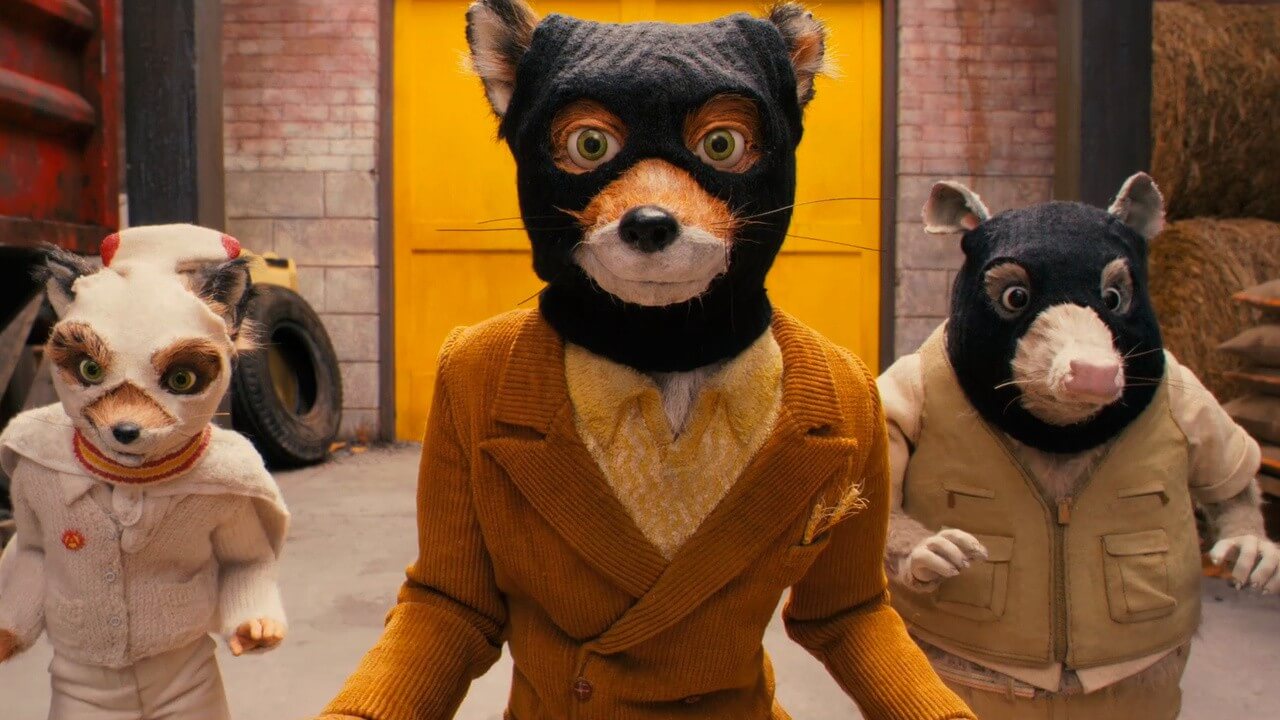
And so, Fantastic Mr. Fox was created. Extracted from Roald Dahl’s children’s book, it tells the story of a fox (voiced by George Clooney) who can’t seem to shake his predatory instincts ingrained in his DNA. His wife (Meryl Streep) and family demand this change. It’s time for him to settle down, set a good example for his growing and somewhat clumsy son. Several years of abstaining from nightly thefts have not yielded results. Mr. Fox is a journalist during the day, and at night, he dons a balaclava and steals chickens from nearby farms. This, of course, does not sit well with their owners, who take radical measures to catch the pest.
Fantastic Mr. Fox is one hundred percent Wes Anderson in Wes Anderson. The characters are unique and distinctive personalities. The director draws upon numerous stereotypes and parodies them. There’s a flamboyantly effeminate and comically sophisticated interior decorator, a conservative real estate agent, and the “bone-deep” evil farmers. In animation, the creators of The Grand Budapest Hotel portray characters through caricature and exaggeration, devoid of positive qualities.
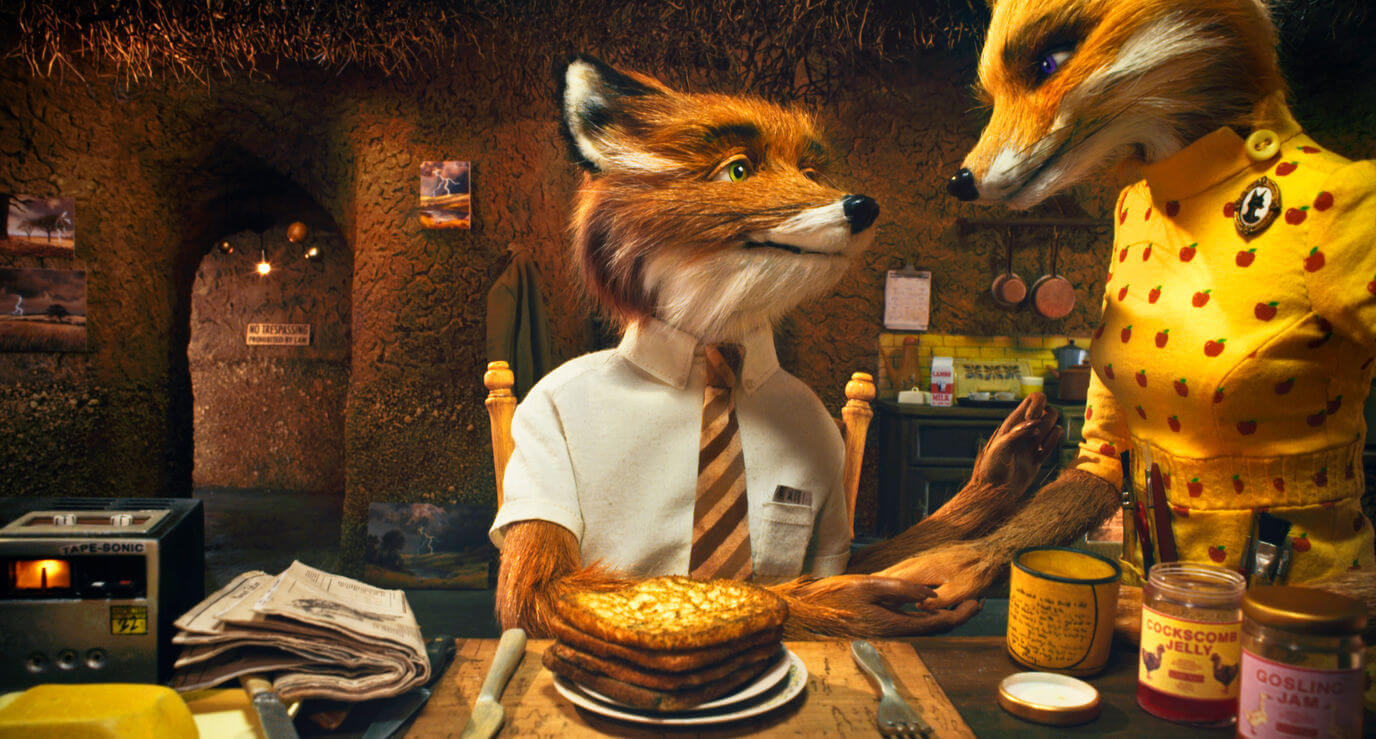
Anderson transposes human relationships onto the animal world, also determined by their natural instincts. That’s why Fantastic Mr. Fox is such an intriguing character. On the one hand, he grapples with his animal calling, and on the other hand, knowing he’s not acting properly, he convinces himself that it’s just a temporary hobby. Simple yet intriguing.
Fantastic Mr. Fox as a dollhouse
In Fantastic Mr. Fox, there’s a typical ironic and blissful mood that’s characteristic of Anderson. There’s a sense of distance and irony, and subtle humor doesn’t overshadow the narrative. It’s a film filled with charm and magical naiveté. There’s an idyllic atmosphere, but beneath it lie layers of darkness and unease. Similarly, the prestigious Grand Budapest Hotel was an idyllic refuge for its guests until war arrived at its doorstep. Innocent child heroes of Moonrise Kingdom descend to Earth because they must navigate the world of adults. Wes Anderson grants us access to ideal lands but reveals what lies behind their façades. Wes Anderson is a demolisher of facades. He lulls us into a dream only to jolt us awake.

In Anderson’s animation, each location is saturated with warm colors, and his beloved symmetry of frames and balanced composition are maintained. Only in this film does the director fully succeed in creating the impression that we are moving through a vast dollhouse, powered by some unidentified force. This feeling is built through the accumulation of several factors: formal perfection, meticulous narrative execution, and the visible artificiality of the story. It’s as if everything is “make-believe.”
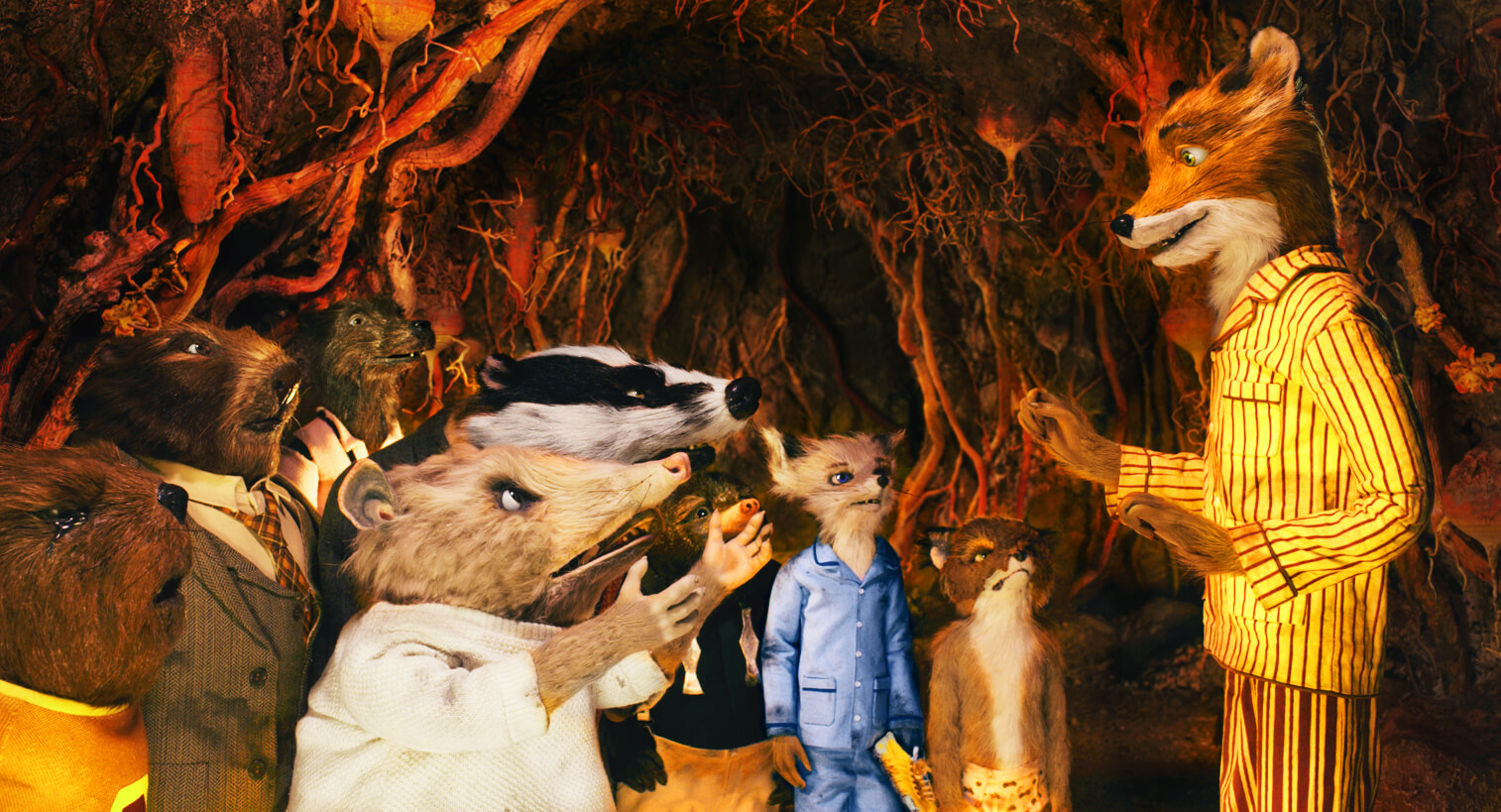
A certain distance is also provided by the non-transparent technical and production aspects of Fantastic Mr. Fox, emphasizing Anderson’s unmistakable cinematic style. The camera moves in smooth, precisely measured lanes, as if it were operated not by a human but by a programmed mechanism. The use of puppetry by the director and the specific way the characters move as a result allows Anderson to eliminate any element of randomness.
Fantastic Mr. Fox is a total work of art and a finely tuned machine. It’s worth getting caught up in its workings.

